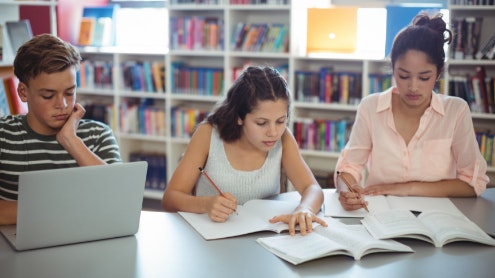Homepage
•
Learning Library
•
Blog
•
Taking PBL from Good to Great: How To Achieve Real-World Impact
Expand breadcrumbs
Expand breadcrumbs
- Learning Library
- Blog
- Taking PBL from Good to Great: How To Achieve Real-World Impact
- Homepage
- •
- Learning Library
- •
- Blog
- •
- Taking PBL from Good to Great: How To Achieve Real-World Impact
Taking PBL from Good to Great: How To Achieve Real-World Impact
By Suzie Boss
April 1, 2022








